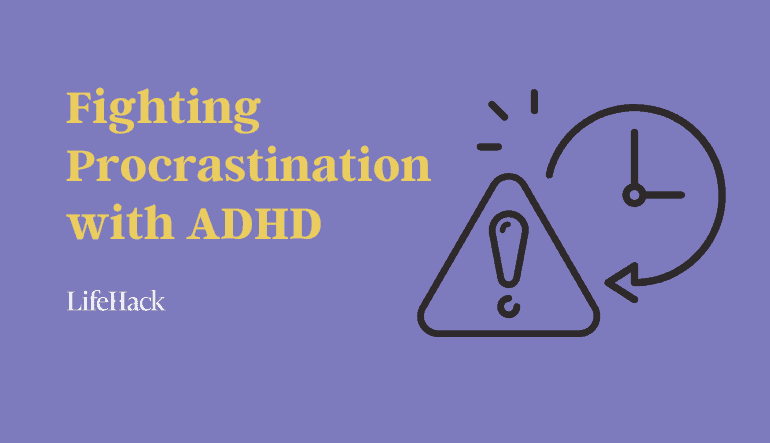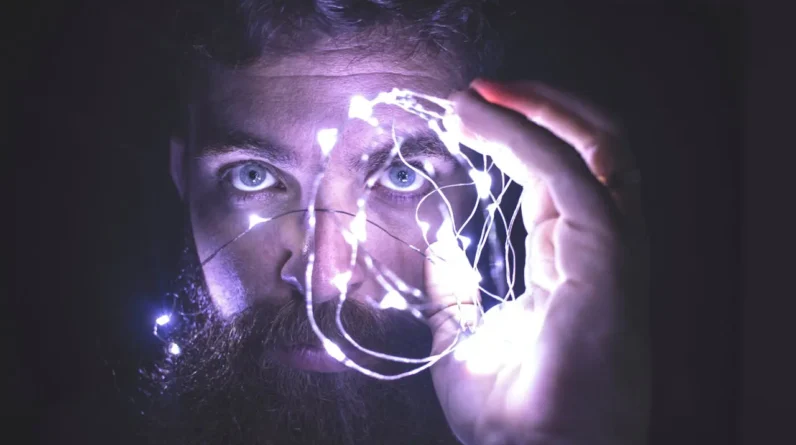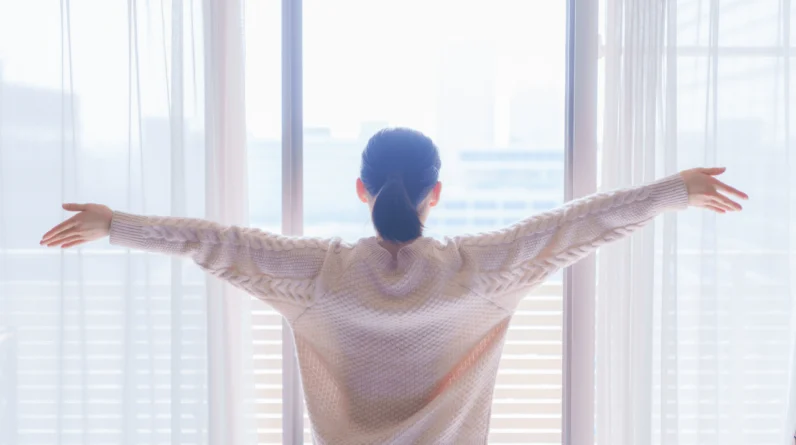
ADHD is more than just a buzzword. It’s a real, brain-based condition that affects millions of kids and adults alike. The Centers for Disease Control and Prevention tells us that a substantial 9.4% of children have been officially diagnosed with ADHD. The reality doesn’t stop at adolescence. According to the National Institute of Mental Health, 4.4% of adults bear the weight of ADHD, many of them are slipping under the diagnostic radar, unnoted and untreated.
ADHD isn’t just about hyperactivity or impulsive behavior. It’s also about attention or, to be exact, the lack of it. This ties into a certain notorious accomplice of ADHD: procrastination. The relationship between procrastination and ADHD isn’t officially outlined in diagnostic manuals. Yet, a study from 2014 illustrates a clear link, not with impulsivity as initially presumed, but with inattention.
Procrastination, often seen as a negative trait, can actually be an adaptive response for those living with ADHD as they may use it as a coping mechanism when faced with a demanding task.
So, how to beat procrastination when ADHD is in the picture?. In this article, I’ll dig into ways to manage and even conquer procrastination despite having ADHD.
Why Do People With ADHD Struggle with Procrastination?
People with ADHD are considered to have executive dysfunction. In simpler terms, it’s when the brain’s planning, organizing, and problem-solving gears are not turning as smoothly as they should. These executive functions are vital for our day-to-day brain operations. They control our ability to focus, put in effort, remember things, manage emotions, organize tasks, and keep an eye on our actions.
This is why when given a task, people with ADHD may get stumped, unsure of how to begin or track their progress. It’s also easy for them to get distracted, leading to tasks being shoved aside, sometimes indefinitely.
Basically, it’s rooted in the intrinsic characteristics of ADHD:
Finding it hard to zero in on a single task
They might start off strong, but maintaining that laser-like focus can prove challenging. As soon as a fresh, more enticing task or idea pops up, it’s all too easy to abandon the initial task.
Often acting on a whim
This makes it tough to stick with a task that requires consistent effort over time. Add to this a heightened sensitivity to distractions, and it’s clear how it’s all a setup for procrastination.
The initial push to kick off a task is often daunting
Deciding where to begin, or even just thinking about the complexity of the task, can feel like trying to climb a steep hill.
This often leads to the “last-minute propulsion” phenomenon. Sometimes, people with ADHD find that their productivity shoots up as deadlines loom. The increased pressure can help to sharpen focus, but it’s a risky strategy that can lead to unnecessary stress and subpar results.
This ties in with the sense of paralysis and feeling overwhelmed. When faced with a task, especially a complex one, people with ADHD may feel immobilized. They see a mountain of work and can’t figure out how to navigate it, leading to inertia and procrastination.
An impaired sense of time
People with ADHD might underestimate the time needed to complete tasks or overestimate their ability to finish tasks quickly. This skewed perception can result in tasks getting pushed to the back burner, only to be tackled in a hurried rush when time runs out.
Is ADHD Paralysis the Same as Procrastination?
There’s another phenomenon that’s often mixed up with procrastination – ADHD paralysis. The two might seem similar, but they’re not quite the same.
ADHD paralysis comes with its own unique set of symptoms:
- Brain fog, where focus and mental clarity seem to evaporate.
- Exhaustion
- Social isolation
- Time blindness – where you lose track of time
- Easily distracted
- Emotional lability, where emotions swing wildly.
- Difficulty in decision-making
These symptoms might sound like procrastination, and yes, there are overlaps. But here’s the crucial difference:
Procrastination is something we all do. It’s when we choose to delay tasks because we’re tired or simply not in the mood.
ADHD paralysis, on the other hand, is not about making a choice. It’s an involuntary response to being overwhelmed by information, tasks, or instructions. It’s like your brain is a computer that has too many programs running at once and crashes. This isn’t a case of not wanting to do something; it’s about not being able to.
While both procrastination and ADHD paralysis can lead to tasks being put off, they’re driven by different forces. One is a choice, often influenced by motivation or energy levels. The other is an involuntary response linked to cognitive overload and executive dysfunction.
Coping Mechanisms for ADHD Procrastination
ADHD might have a knack for roping you into procrastination or even paralysis. But here’s the kicker – you’re not stuck.
You can learn strategies, tools, and tricks to keep your momentum, get stuff done, and reduce the hold that ADHD can have on your productivity.
1. Break Down Overwhelming Tasks into Smaller Ones
Firstly, think of a task as a puzzle. Instead of trying to put it together all at once, break it down into smaller, manageable pieces. This way, each piece becomes a mini-task of its own, making the whole job feel less daunting and more achievable.
I’ve taught about the techniques on breaking down tasks in How to Break Down a Large Project into Manageable Tasks
2. Try Time Blocking
Time blocking is about setting specific times for specific tasks. Like scheduling your day so that 10-11 am is for answering emails, and 2-3 pm is for working on a project. This approach can help you focus on one thing at a time and prevent you from getting overwhelmed.
Learn more about how to use time blocking: How to Use Time Blocking for Productivity
3. Remove Yourself From Distractions
Distractions are a procrastinator’s best buddies. So, do your best to limit them.
Mute your phone notifications, find a quiet place to work, or use apps that block distracting websites. Create an environment that allows you to concentrate on the task at hand.
Here’re 11 Quick Tips on How Not to Get Distracted.
4. Engage in Activities That Energize You
We all have activities that energize us. Maybe it’s a walk in the park, a quick workout, or jamming to your favorite tunes. When you feel your energy levels dropping, take a break to recharge.
It’s not about being lazy; it’s about maintaining your energy level and productivity in the long run.
5. Build Your Own Reward System
Finished a task? Treat yourself. It doesn’t have to be anything big. Maybe it’s a cup of your favorite coffee or an episode of a TV show you love. The point is to reinforce positive behavior and keep you motivated to move forward.
Read more on How to Hack the Reward System in Your Brain And Stay Motivated
6. Practice Mindfulness and Self-Awareness
Practice being present, recognizing your feelings, and understanding your triggers. This can help you catch yourself before you slip into a procrastination spiral.
I personally find practicing mindfulness useful in helping me regain focus. Doing a 15-minute breathing exercise can already help to calm my mind and recharge my mental energy.
I encourage you to try this too: 3 Deep Breathing Exercises to Relax and Reduce Stress
7. Seek Professional Help
Therapists, coaches, and doctors can provide you with personalized strategies and coping mechanisms to navigate ADHD and procrastination. It’s all about finding what works best for you. There’s no shame for seeking professional help.
Here’s a list of ADHD organizations that can provide assistance.
Final Thoughts
To everyone wrestling with ADHD and procrastination:
You are more than your struggles.
You have the strength and capability to navigate this. Sure, it might be tough at times, but every step forward, no matter how small, is a victory.
Take the time to understand your unique patterns and triggers, equip yourself with strategies that work for you, and show yourself compassion along the way. ADHD and procrastination may be a part of your story, but they don’t define you.







